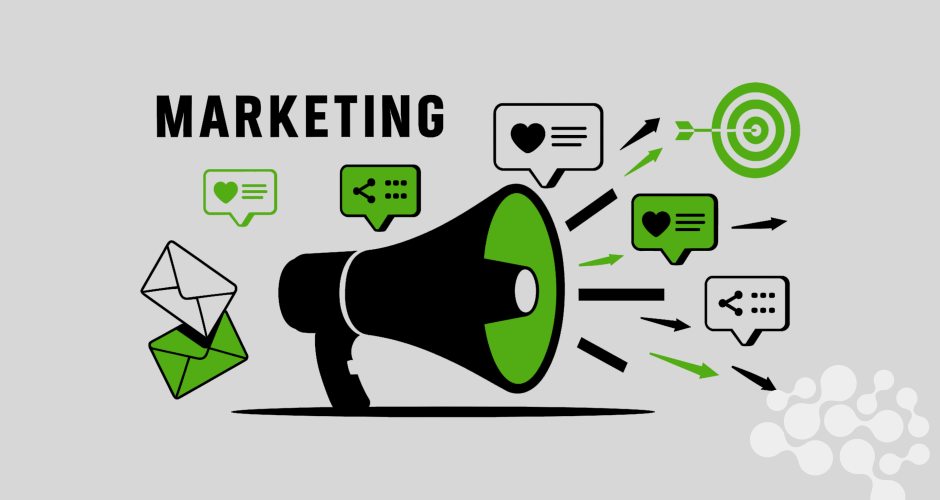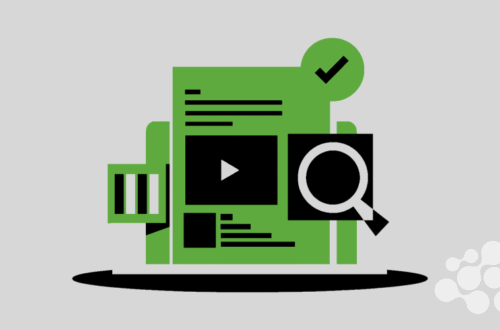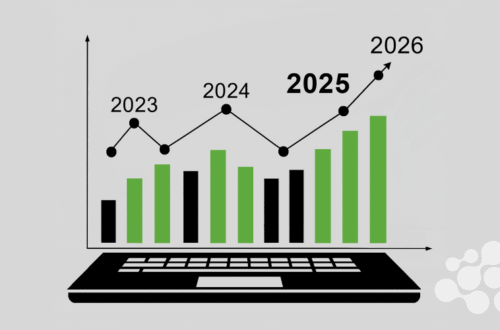Modern marketing isn’t just about being creative, it’s about being smart, efficient, and data-driven. Whether you’re running lean with a few hands on deck or you’re part of a large in-house team, marketing automation is your secret weapon for scaling without sacrificing quality.
But here’s the catch: setting up automation just for the sake of it won’t move the needle. The workflows you build should work hard behind the scenes to convert leads, engage users, and make your brand look like it never sleeps.
Let’s dive into six marketing automation workflows that every team, seriously, every team, should have in place right now.
1. Welcome Series for New Leads or Subscribers
The moment someone joins your list is golden. They’ve just said “yes” to hearing from you, and your response needs to be fast, warm, and informative.
Why it matters
First impressions count. A well-crafted welcome series sets the tone, shares your brand story, and nudges new subscribers closer to becoming customers.
What to include
- A warm “glad to have you” email
- A brand or founder story (if relevant)
- An overview of what they can expect (emails, offers, frequency)
- A first offer or lead magnet download
- Optional: social proof or case studies to build trust
Pro tip
Don’t cram it all into one email. Spread it across 3–5 emails over a few days. Keep the tone personal, like a coffee conversation, not a corporate newsletter.
2. Lead Nurturing Drip Based on Interest
Not every lead is ready to buy. That doesn’t mean they’re lost, it means they need a little more nurturing.
Why it matters
Drip campaigns help keep your brand top of mind while educating, building trust, and gently guiding leads down the funnel. It’s your slow burn engine.
How to segment
Create nurture paths based on lead magnet topic, product interest, or past behavior. For example:
- Downloaded your SEO guide? Drip content around ranking tips and case studies.
- Browsed your pricing page but didn’t convert? Drip content with value-building use cases and testimonials.
What to include
- Educational content
- Soft CTAs
- Pain-point-focused messaging
- Clear next steps (demo, free trial, or contact sales)
3. Cart or Form Abandonment Follow-Up
This one is a no-brainer. If someone started the journey and bailed mid-way, you owe it to them (and your conversion rate) to follow up.
Why it matters
Abandonment is often about timing or distraction, not disinterest. A simple nudge can recover a big chunk of lost revenue or lead conversions.
What to automate
- For e-commerce: cart abandonment sequences (2–3 emails or SMS)
- For B2B: form abandonment or unfinished sign-up journeys
Email examples
- “Still thinking it over?”
- “Need help deciding?”
- “Can we answer any questions?”
- A limited-time offer to push urgency
Bonus idea
Include dynamic product reminders or lead magnet previews, depending on what they abandoned.
4. Re-engagement or Winback Campaigns
Your email list might be big, but if half of it isn’t opening or clicking, what’s the point?
Why it matters
Inactive subscribers or past customers are a warm audience, you’ve already done the hard part. Winning them back is often easier (and cheaper) than acquiring new ones.
When to trigger
- No engagement in 60–90 days
- No purchase or reply after X months
- Past customers whose product lifecycle is ending
What to say
- “We miss you” with an irresistible offer
- Ask if they still want to hear from you (and clean your list if not)
- “Here’s what’s new”, showcase fresh content, updates, or features
Keep it light
No guilt-tripping. Make it feel like a casual check-in, not a desperate plea.
5. Upsell or Cross-Sell Sequences Post-Purchase
Your customer just bought from you. They’re warm, happy, and paying attention, don’t go silent.
Why it matters
Selling doesn’t stop after checkout. In fact, post-purchase is prime time for suggesting relevant add-ons, upgrades, or complementary products/services.
What to automate
- Product use guides or onboarding tips
- Personalized upsell offers (higher plan, extended service)
- Cross-sell recommendations (“People also bought…”)
For B2B
After a successful pilot or trial, drip content that walks through long-term benefits, ROI proof, and client success stories.
Don’t skip the thank-you
A sincere thank-you note can go a long way in building loyalty and increasing repeat purchases.
6. Internal Notifications and Lead Scoring Triggers
Automation isn’t just for external engagement, it should also help your internal team work smarter.
Why it matters
Sales and support teams shouldn’t be manually tracking lead behavior. Set up smart triggers so they know when to act.
Ideas to implement
- Notify sales when a lead hits a certain score or visits the pricing page
- Alert support if a customer repeatedly visits the help center
- Add qualified leads automatically to CRM or Slack
Lead scoring basics
Assign points for actions like email opens, clicks, webinar attendance, or demo requests. When a lead crosses a score threshold, trigger follow-ups.
Bonus use case
Route leads to the right sales rep based on region or interest, no manual sorting needed.
Final Thoughts: Start Small, Scale Fast
Marketing automation isn’t about replacing human interaction. It’s about freeing your team from repetitive work so you can focus on what really matters, creative strategy, storytelling, and building real connections.
If your team hasn’t set up these workflows yet, don’t try to launch them all at once. Start with one or two that fit your current funnel, test thoroughly, and build from there.
The real magic happens when your automation feels so seamless, your customers forget it’s even there, they just feel taken care of.






